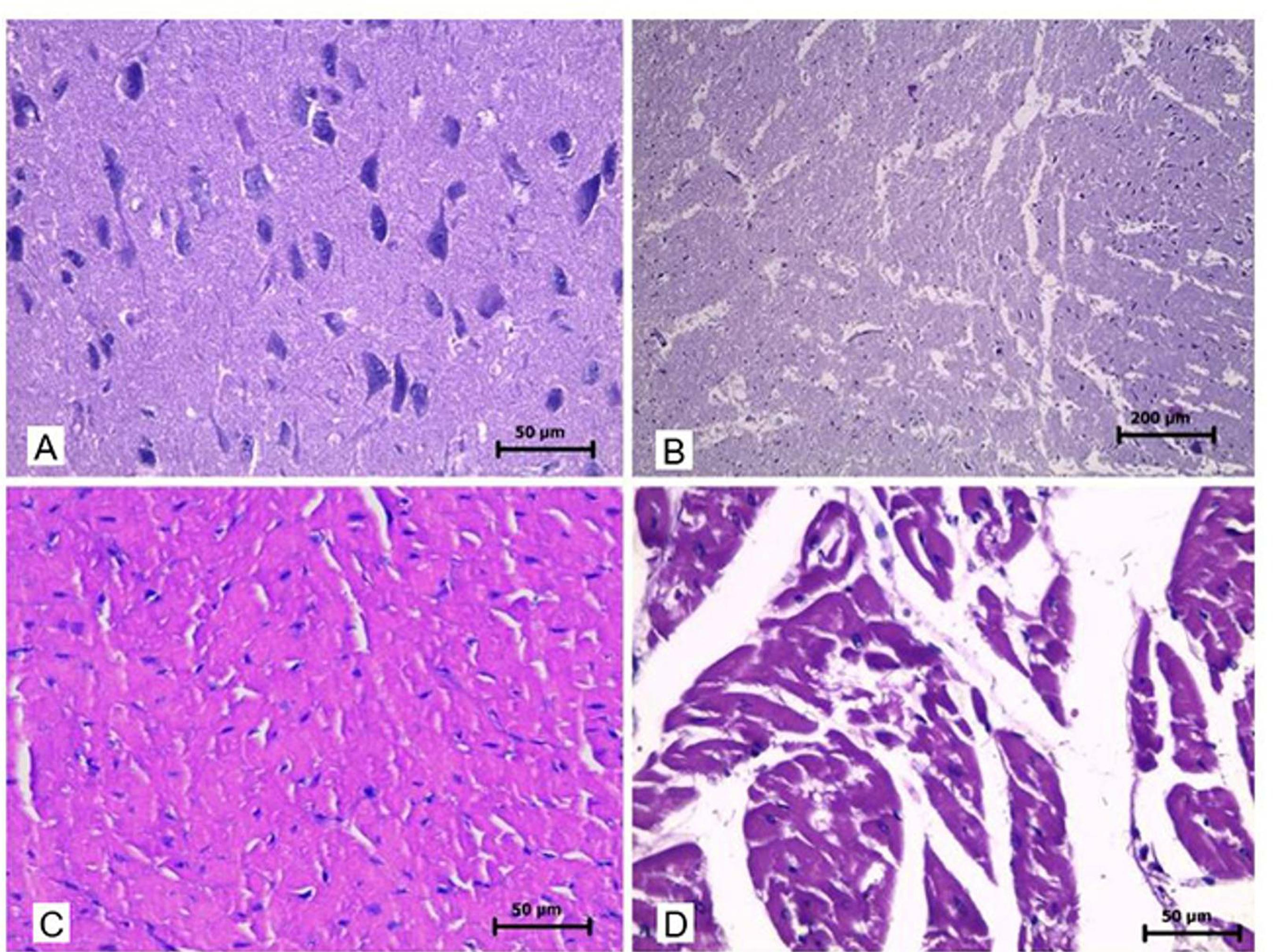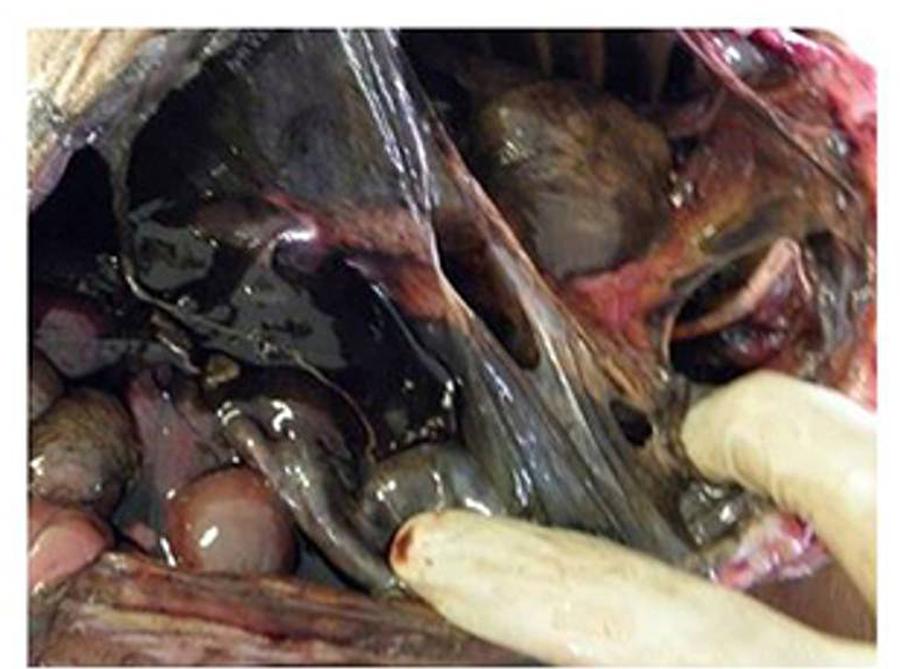Abstract
This study compared six dog cadavers, with no predilection for breed, age, or sex, weighing between 2 and 10 kg, from the Environmental Monitoring Directory of the Federal District, Brazil. Animals were divided into three random groups. The vascular systems were cleaned with supersaturated saline, modified Larssen solution, and common water, respectively, followed by preservation with modified Larssen solution at 10% of body weight, aiming to determine the durability as a model for surgical training. Surgeries were performed in the period between six successive freezing and thawing cycles to evaluate the resistance, color, odor, flexibility and degree of tissue autolysis through histological analysis of heart, liver, spleen, intestine, and brain. All the groups showed good quality for surgical training, allowing cavity organs surgeries until the third thawing, bulbar conjunctiva surgeries until the fourth thawing, orthopedic surgeries for up to the sixth thawing, becoming unworkable from this point, due to the high degree of tissue autolysis. The group of cadavers preserved with supersaturated saline solution stood out by hardly giving off unpleasant smell; in addition, brain and heart are the only organs that practically did not show macroscopic and microscopic changes in the first three thawing cycles.
Keywords:
alternative teaching method; animal ethics; modified Larsson solution; surgical training







